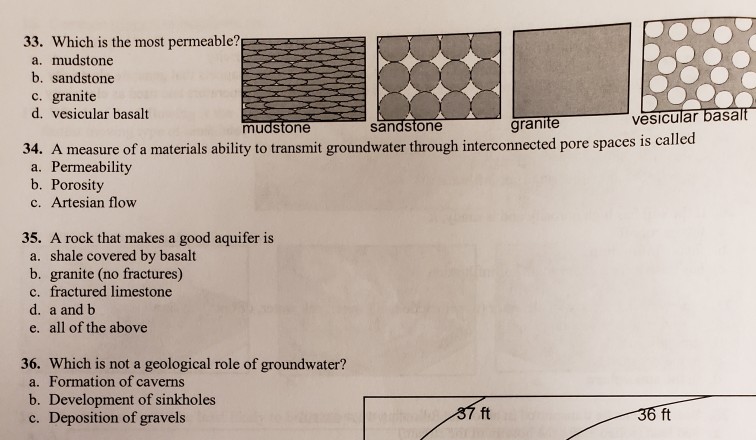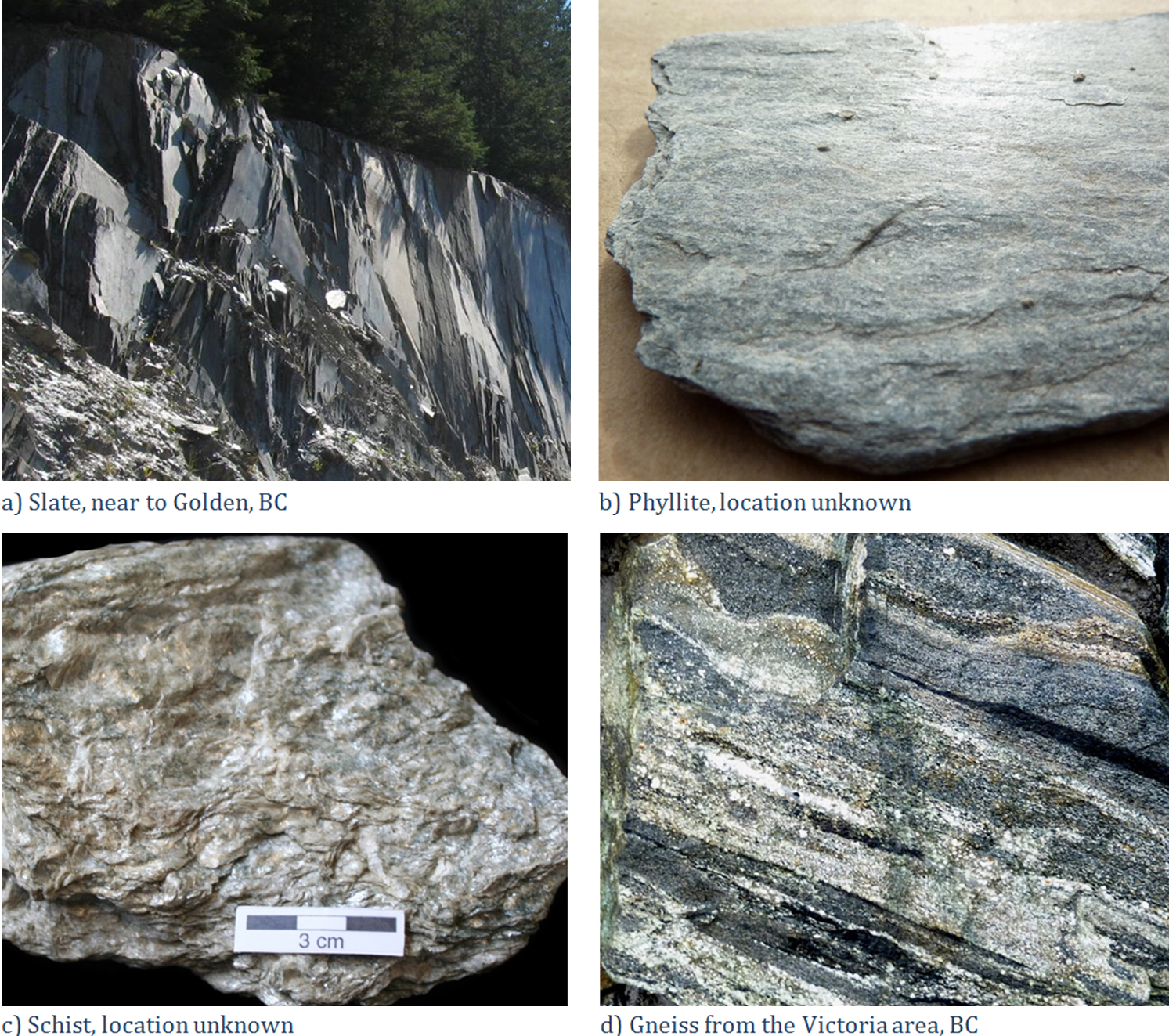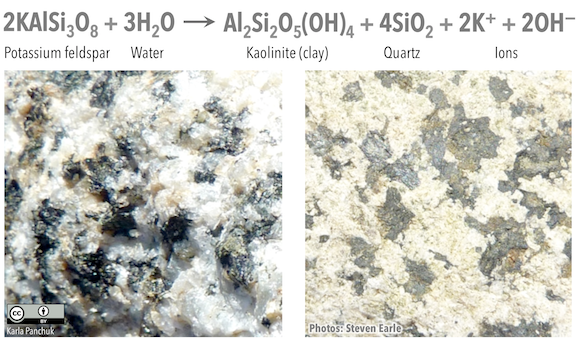When slight melting occurs or water enters the cave it runs along the walls creating formations similar to.
Caves are formed by groundwater in granite and basalt.
Cave formation attached to floor.
Discharge of a stream increases to the point that the stream overflows its banks.
Zone of saturation and the zone of aeration are divided by a.
T f caves are formed by groundwater in granite and basalt.
Our streams and lakes are fed predominantly by.
Caves are formed by the dissolution of limestone.
As moisture in a cave is frozen it clings to the walls and continues to build up.
Caves are formed by groundwater in granite and basalt.
Columnar joints that develop in the central parts of basalt flows create passages that allow water to move vertically through the basalt.
Sinkholes form when the roof of a cavern collapses t f true.
What is a stalactite.
A hot spring is a kind of geyser.
Formed by acidic ground water dissolving the.
Our streams and lakes are fed predominately by.
The first is carved out of glaciers or snowfields by water and or wind.
A hot spring is a kind of geyser.
Groundwater practice exam questions written by timothy h.
Caves are formed by groundwater in granite and basalt.
Stalactites are on the bottom of caves a grow upwards.
And it is the majority of caves.
Water washes the limestone away.
Caves are formed by groundwater in granite and basalt.
The second is a rock cavity containing ice formations.
Caves are not formed by groundwater in granite and basalt.
Click the circle by an answer with the mouse then click on the submit button to get a response.
A flowing well and spring are the same thing.
Groundwater can be a source of surface.
Heaton professor of earth sciences university of south dakota.
Groundwater tends to flow through bodies of rock or sediment that.
Cave also called cavern natural opening in the earth large enough for human exploration such a cavity is formed in many types of rock and by many processes.
Have a high permeability.
Caves are formed by groundwater in granite and basalt.
Numerous basalt flows commonly overlap and the flows are separated by soil zones or alluvial material that form permeable zones.
Groundwater tends to flow best through bodies of rock or sediment that.
Cave formation attached to roof.
Caves can also form in basalt lava flows by the still molten rock flowing out from beneath the solidified surface.
Caves are formed by groundwater in granite and basalt true false.
The largest and most common caves are those formed by chemical reaction between circulating groundwater and bedrock composed of limestone or dolomite these caves called solution caves typically constitute a component of what is known.
You will be told if your answer is correct or not and will be given some comments.
Basaltic rocks are the most productive aquifers in volcanic rocks.










